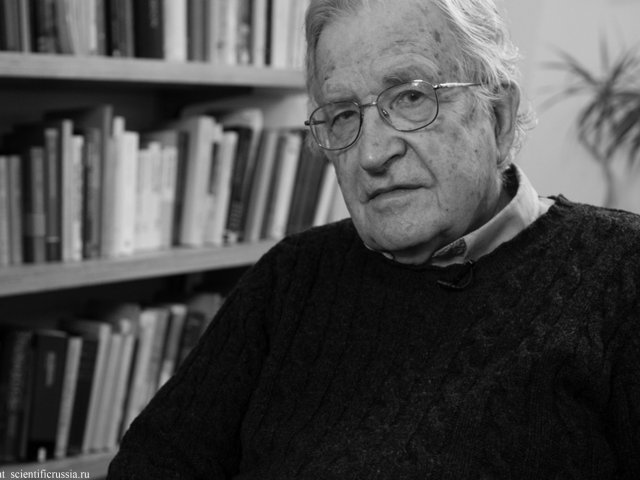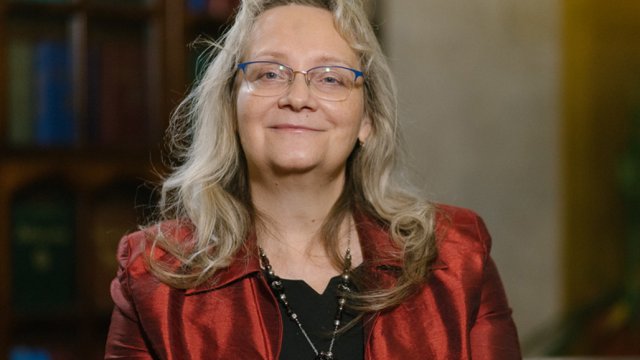Official:
Sir Ernest Rutherford. August 30, 1871 – October 19, 1937. A British physicist of New Zealand origin. The 1908 Nobel Prize in Chemistry. A member of the Royal Society of London. Came to be known as the "father" of nuclear physics.
Life and Work:
1. The five New Zealand dollar bill depicts the Everest first climber Edmund Hillary, the twenty-dollar bill features the portrait of Queen Elizabeth II. The one hundred New Zealand dollar bill is decorated with the image of Lord Ernest Rutherford, perhaps the most famous native of New Zealand, the father of nuclear physics.
2. On hearing “Lucky fellow, Rutherford, always on the crest of a wave,” the great physicist is said to have replied, “Well, I made the wave, didn’t I?”
3. Ernest Rutherford was born in the small town of Spring Grove on the South Island of New Zealand in the family of a farmer who grew flax. The family emigrated at one time from Scotland, as the great physicist later joked, “to raise a little flax and a lot of children.”
4. The fourth of twelve children in the family, Ernest, turned out to be the most talented offspring. He was among the first students in school and college, and was awarded the right to study at Cambridge in 1895. Rutherford had to borrow some money to buy a steamer ticket to the UK.
5. Upon arrival in the UK, Rutherford immediately fell in love. In the same year, he wooed Mary Georgina Newton, the daughter of the hostess of the boarding house where Rutherford settled. The wedding took place only in 1900. Rutherford’s only daughter became the wife of the famous astrophysicist Ralph Fowler.
6. It was in Cambridge, under the leadership of famous Joseph John Thomson, that the physicist Rutherford was born, who believed all his life that sciences could be divided into physics and stamp collection.
7. Ironically, the physicist Rutherford was awarded his Nobel Prize in... chemistry: back in 1908, when he received the Nobel Prize, research in atomic structure and radioactivity was attributed to chemistry. The witty Rutherford said on this occasion that he had dealt with all kinds of transformations in nature, but his transformation from a physicist to a chemist should be considered the fastest of them – it happened in the blink of an eye.
8. Young Rutherford received the Nobel Prize “for his investigations into the disintegration of the elements.” It was he who discovered alpha and beta rays, and came up with a name for them. He also called the rays discovered later on by Paul Vuillard gamma rays.
9. It was Rutherford who discovered the transformation of radioactive elements: in the process of atomic transmutation, “completely new types of matter are created, the chemical and physical properties of which are quite distinct from the parent element.”
10. However, the Nobel Prize was only the beginning: three years later, Rutherford proved that the atom is not at all like, as they thought, plum pudding. Before his discoveries, it was believed that positive and negative charges are evenly distributed within the atom. Rutherford’s experiments showed that this was not the case. After carefully considering the results of the experiment with the bombardment of thin gold foil with alpha particles, Rutherford proposed a new – planetary – model of the atom. According to this model, each atom has a nucleus, which is composed of positively charged particles. Negatively charged particles – electrons – are orbiting around the nucleus, like planets around the Sun.
11. Today this model is not questioned, but then in 1911 it was a shaking of the fundamentals! On this occasion and not only Rutherford used to say: “The theoretical physicists have got their tails up and it is time that we experimentalists pulled them down again!”
12. When he was a professor at the University of Manchester, Rutherford worked closely with Hans Geiger and helped him develop the famous counter for automatically counting the number of ionizing particles.
13. Students called Rutherford the Crocodile for his booming voice that could be heard before his arrival. However, Pyotr Kapitsa, who is credited with inventing this nickname, once said that the meaning of the nickname is that “a crocodile is like scientific progress: he also grinds everything that comes his way with his steel jaws and never looks backwards.”
14. Today, the crocodile is the unofficial symbol of the Cavendish Laboratory, which was headed by Rutherford for many years.
15. Ernest Rutherford was a rigorous professor who meticulously chose his students. Rumors have it that when a subordinate first came to him, Rutherford gave an assignment. If the person asked what to do next, he was immediately fired.
16. Once, as he found a student late at night in the laboratory and having realized that the student had been working in the morning, in the afternoon and late at night, Rutherford was really horrified: “Listen, when do you think after all?”
17. It must be said that the strictness of Rutherford as the leader bore fruit: there are twelve Nobel laureates among his students today.
18. In 1914, King George V knighted Rutherford. The coat of arms of Sir Ernest Rutherford depicts not a crocodile, as you might think, but a kiwi bird, a symbol of New Zealand. In addition to New Zealand’s national bird, the coat of arms features exponents, i.e., curves characterizing the monotonous process of decreasing the number of radioactive atoms over time.
19. In 1997, the name of Rutherford graced the periodic table of the elements. Previously, element number 104 synthesized in 1964 was called Kurchatovium.
20. Rutherford’s hometown is now called Brightwater. The town unveiled a monument that depicts the young Ernest of the New Zealand era of his life.






















